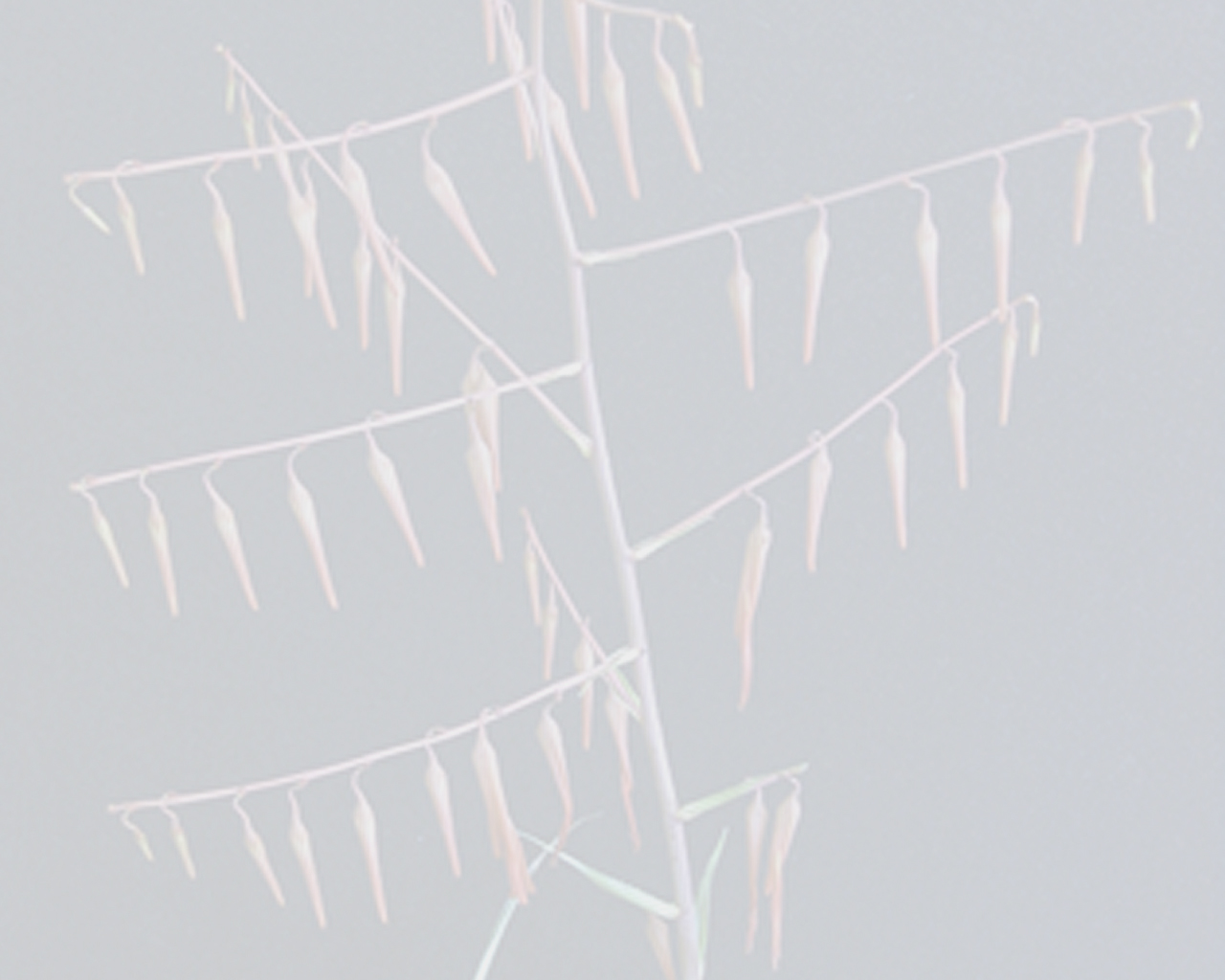Pitcairnia undulata Scheidw.
Literature references:
*move your mouse pointer over the page numbers to see comment
Comments:
- Notes by Luther in Bromelia 5(1-4): 66. 1998
Since its description in 1842, Pitcairnia undulata Scheidweiler has been attributed to Brazil and, rather strangely, had not been refound there. As is the case of several bromeliads described and known only from cultivation the collection locality has been shown to be an error. Pitcairnia undulata is actually native to southern Mexico at nearly the opposite extreme of the range of the genus. In 1981 the biologist Sergio Zamudio collected this species near Teapa, in the State of Tabasco. He recollected it several times and eventually published this record in Acta Botanica Mexicana in 1988.
Pitcairnia undulata is rather common in horticulture, often misnamed as P. "Cardinalis" in Florida, USA. It can be assumed that most if not all the commonly cultivated material is directly descended from the now century and one half old type plant. At the Marie Selby Botanical Gardens, we grow both the old horticultural clone and a new collection from Mexico. Both thrive given moist and shaded conditions and both are nearly identical in size and coloration: p. Bromelia
- by Luther in Bromelia 5(1-4): 66. 1998
Since its description in 1842, Pitcairnia undulata Scheidweiler has been attributed to Brazil and, rather strangely, had not been refound there. As is the case of several bromeliads described and known only from cultivation the collection locality has been shown to be an error. Pitcairnia undulata is actually native to southern Mexico at nearly the opposite extreme of the range of the genus. In 1981 the biologist Sergio Zamudio collected this species near Teapa, in the State of Tabasco. He recollected it several times and eventually published this record in Acta Botanica Mexicana in 1988.
Pitcairnia undulata is rather common in horticulture, often misnamed as P. "Cardinalis" in Florida, USA. It can be assumed that most if not all the commonly cultivated material is directly descended from the now century and one half old type plant. At the Marie Selby Botanical Gardens, we grow both the old horticultural clone and a new collection from Mexico. Both thrive given moist and shaded conditions and both are nearly identical in size and coloration. —See Smith & Downs 1974

